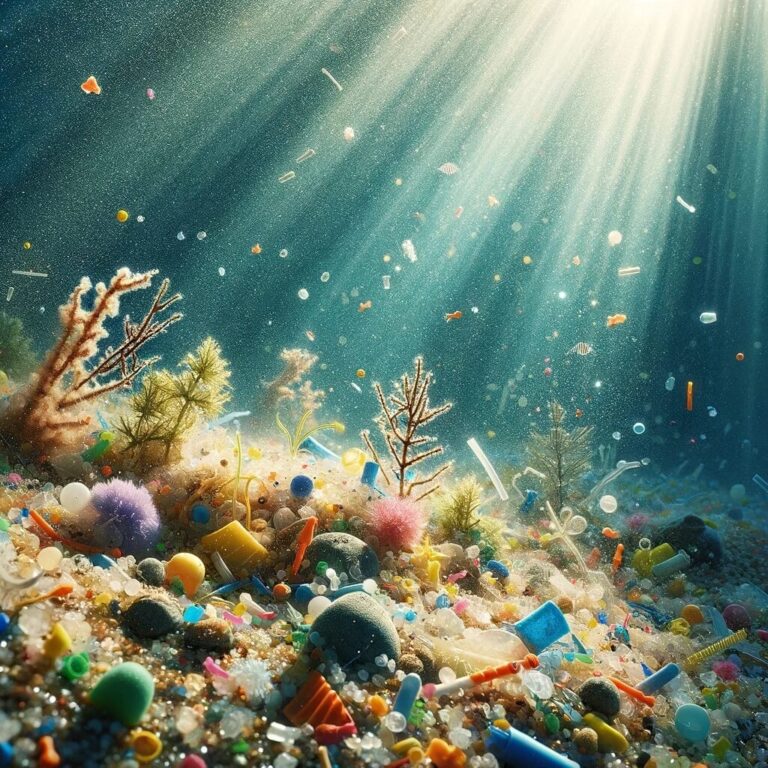Microplastics are tiny plastic particles, often measuring less than five millimeters in size, that result from the breakdown of larger plastic items or are intentionally manufactured at a microscopic scale. These particles can be found in various environments, including oceans, rivers, soil, the bodies of people and animals, and even in the air. Microplastics pose environmental concerns due to their persistence, potential for ingestion by wildlife, and the broader implications for ecosystems and human health.
Origin of the term and application
The term “microplastics” is central to environmental discussions, highlighting the pervasive and concerning presence of tiny plastic particles in diverse ecosystems. In conversations about pollution, ocean health, or waste management, microplastics are recognized as a pressing environmental issue that requires mitigation strategies, research, and public awareness to address the broader implications of plastic pollution.
The term gained prominence as scientists began to study and quantify the presence of small plastic particles in various environmental compartments. It is important to differentiate these tiny particles from larger plastic items and to draw attention to their potential environmental and ecological impacts.Efforts to address microplastics involve research on their sources, pathways, and impacts, as well as measures to reduce plastic use, improvement of waste management, and the development of innovative solutions for plastic pollution. There is an urgency to tackle plastic pollution at its smallest scale and to recognize that even tiny particles can have significant consequences for ecosystems and human well-being. Since 2018, imams in Indonesia have been actively encouraging their communities to switch from plastic bags to reusable ones.




